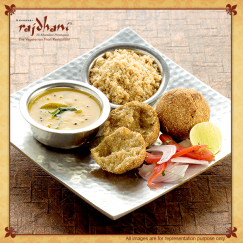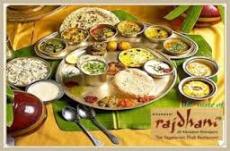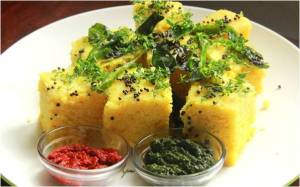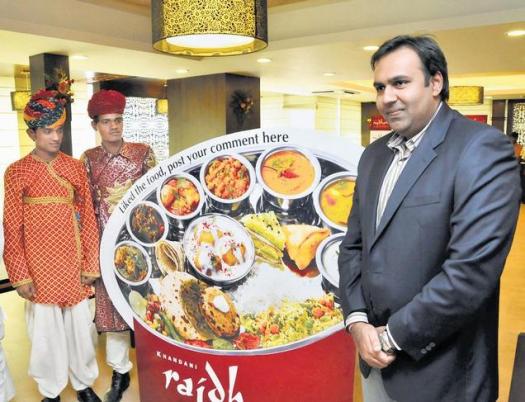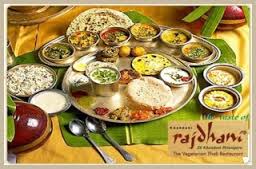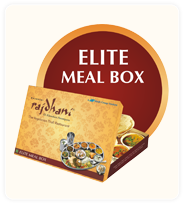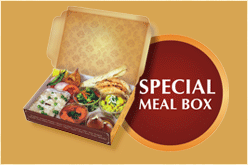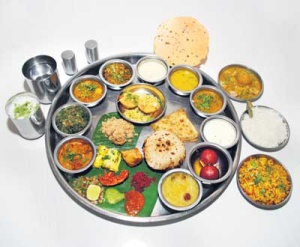In a typical foodie country like India, almost all people would prefer eating out at food joints due to the variety and taste provided by restaurants and hotels. It is very important for Indian hoteliers to realize the fact that Indians need variety and will get bored of the same type of food provided. Indian food restaurants either should be multi cuisine, or have a new delicacy coming in every now and then. These things need to be adopted by restaurant owners, in order to make sure that a customer leaving your hotel, will come right back again.
What are some of the characteristics of Indian food restaurants?
- These food joints basically focus on providing the best food at the fastest pace. They focus on giving fast food to people of their choice, almost round the clock in their operational hours.
- They are also service oriented and focus on providing a good service to their customers. Especially in family restaurants, a very good service can be witnessed.
- They also serve Jain food, a special type of food for the Jain of India. This food is without onion and garlic and can be consumed by people who are strong believer of religion.
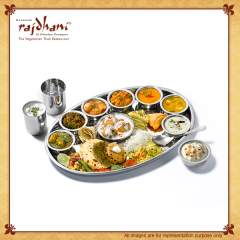
Many other people also prefer eating at family type restaurants, even though they are not religious. Most of the Indian population are Hindus, thus prefer eating strict pure vegetarian meals when they go out. Thus, many hotels of India are strictly serving vegetarian delicacies when it comes to India. Indian vegetarian food restaurants serve various cuisines within the genre, including Jain food.
Types of Indian vegetarian food:-
- While it seems to people that Indian vegetarian food may not have any variety the facts suggest different.
- South Indian- This includes various delicacies made from Ravva which are usually consumed for breakfast.
- Punjabi- Includes spicy vegetables with a base of cottage cheese or famous drinks coming in from the region.
- Gujarati- Coming in from a state which is considered the hub for eating, this type of cuisine includes many delicacies which can be consumed as snacks. Not only snacks, but various special meals can be eaten.
It is very important for hotels in India to make sure they create some spice, or variety in their food or restaurants to get back their customers. Retaining a good market share is a must for Indian food restaurants which can come only with a regular change in their product line or attractive offers.
How can Indian food restaurants make sure that their customers come back to their restaurants?
- Create a new delicacy every now and then. If this is done, people would come to their restaurants to try it, and always be excited about the new product.
- India food restaurants should also focus on service. Service is very important when it comes to a country like India. People like to be taken care of and a good prompt service is a must.
- Clean and hygienic kitchen should be incorporated.
- Ambience should be made soothing.
- Attractive offers such as happy hours with good deals on food should be given.
